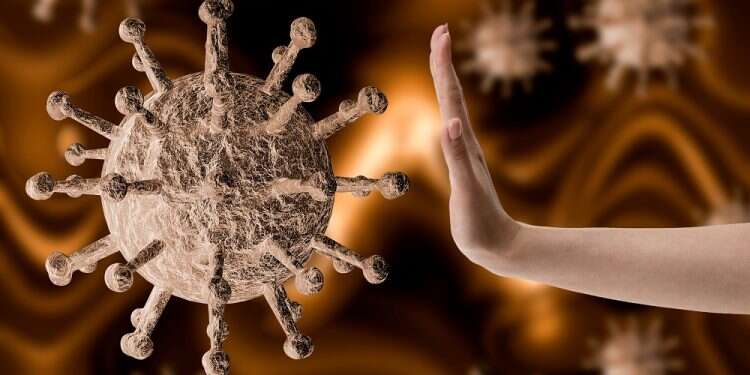The government on Sunday announced a series of new restrictions over the coronavirus outbreak as well as the easing of existing ones, in a move seeking to step up the fight against COVID-19 while allowing for more public and economic activities.
The Health Ministry said that as of Monday, Israel has recorded 83,540 corona cases. Some 58,934 people have recovered from the disease, while 606 patients have died from it.
Follow Israel Hayom on Facebook and Twitter
Many of the restrictions reaffirm directives already in place under special emergency powers. Some of the new directives allow Health Ministry district physicians to shutter private businesses for 72 hours if any of their employees contract COVID-19.
The so-called corona cabinet also announced a new framework reviving local cultural activities, following a prolonged struggle by Israeli artists.
The plan to reopening theaters, symphonies, open-air shows and other cultural events, will see outdoor venues divided into "capsules" of up to 20 people each and stands to be implemented immediately.
A similar plan for indoor events is underway, lawmakers said.
Sunday's meeting also saw the ministers extend the special permit given to the Shin Bet security agency to track the cell phones of coronavirus patients by an additional 21 days.
The agency's tracking has so far send 400,000 Israelis into self-isolation for having been exposed to confirmed corona patients.
Monday morning saw Coronavirus commissioner Professor Ronni Gamzu announce a plan to better control the spear of the virus using a "stoplight system" to better facilitates how authorities deal with municipal outbreak.
Gamzu presented a color-coded scale by which Israeli localities will be assessed to determine the type of restrictions imposed on them and their duration.
The plan defines corona-free communities as "white" and minimal-morbidity localities as "green," saying that their residents will be free of pandemic-related restrictions.
Cities where morbidity is showing signs that it is increasing but have a stable infection rate will be coded as "yellow" and public activity there will be restricted.
"Orange" communities will be defined as those with increasing morbidity and an inconsistent infection rate, while localities with high morbidity and an increasing infection rate will be designated as "red" and subjected to strict restriction on public activity, including potential lockdowns.
According to Health Ministry data, this scale designates three townships as "red," 28 as "orange," 58 as "yellow," 29 as "green," and 137 cities as "white."
Subscribe to Israel Hayom's daily newsletter and never miss our top stories!




